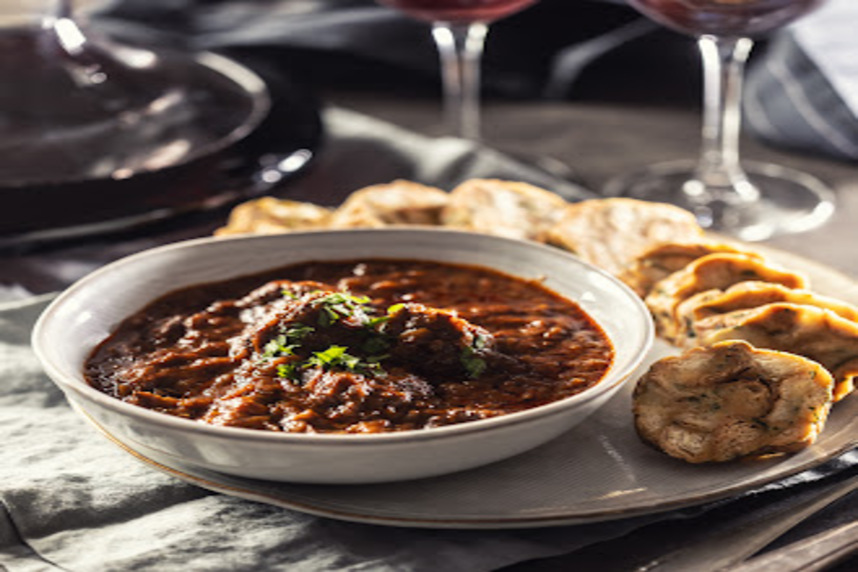From intense reds to aromatic whites, through to historically renowned sweet wines, Hungary offers a particularly rich and multifaceted oenological landscape.
With 22 wine regions recognised as PDO, this country distinguishes itself through the variety of its terroirs and cultivated grape varieties, between indigenous and international varieties.
A heritage that has given rise to wines known throughout the world. The most celebrated? Tokaji Aszú, beloved by royal courts and nicknamed "King of wines and wine of Kings" as far back as the time of Louis XIV. But alongside it, there are many other labels ready to astonish: from the robust Egri Bikavér to fresh whites such as Riesling, Traminer and Sauvignon.
To discover characteristics, styles and ideal pairings, here's an overview of Hungarian wines worth knowing!
Viticulture in Hungary: history and evolution
Whilst the 18th century represented a golden period for Hungarian wine, its history is much more ancient.
Certain archaeological finds suggest that as early as the 1st century BC, the Celtic populations who inhabited these lands were cultivating vines. But it was with the arrival of the Romans that production truly took hold, as they knew how to exploit fully the volcanic and calcareous soils, particularly suited to viticulture.
Subsequently, with the arrival of the Magyar tribes, this practice continued to spread, traversing centuries marked by highs and lows. Invasions, occupations, the phylloxera outbreak of the 19th century, the world wars and the centralised management of the communist period repeatedly interrupted the sector's development, which only regained new momentum at the end of the 1980s with the opening to markets and renewed attention to quality.
At the centre of this renaissance was Tokaji Aszú, the most representative wine of the national winemaking tradition. As mentioned, its fame was already consolidated in the 17th century, when the discovery of Botrytis Cinerea - the celebrated "noble rot" - led to the birth of a sweet, complex wine suitable for long ageing.
From then on, Hungarian wines began to make themselves known throughout Europe, conquering kings, courts and connoisseurs. A success that paved the way for an international reputation, today more vibrant than ever.
Wine regions in Hungary and grape varieties to know
If Tokaji Aszú marked the beginning of this new season for Hungarian oenology, it's the entire viticultural panorama that deserves attention, thanks to a surprising multiplicity of zones and grape varieties.
To the north-east, the Tokaj-Hegyalja region, amongst the eight most important in the country, remains the most emblematic: here Furmint, together with Hárslevelü, Zéta and Muscat varieties, gives life to sweet and long-lived wines, but also to interesting dry versions.
Further north, Eger and the Mátra hills offer fresh reds and intense whites; to the west, Somló and Badacsony distinguish themselves for their mineral character linked to volcanic soils. Moving south, Alföld proposes lighter and more immediate wines, whilst the areas of Villány-Siklós and Szekszárd offer full-bodied and structured reds.
Among the vine rows, local and traditional grapes of great charm find space: particularly noteworthy are Tramini, Szürkebarát, Olaszrizling and the rare Kéknyelü among the whites; Kadarka, Kékfrankos, Zweigelt and Kékoporto among the reds.
A world of labels to discover, with some wines absolutely worth trying to understand Hungary's most authentic soul. But how does one navigate the choice and, above all, what should they be paired with at table?
Pairings with Hungarian wines: a guide to flavours
The richness of Magyar cuisine, with its intense, spiced and sweet-and-sour flavours, enriched by Turkish, Central European and Balkan influences, is perfectly reflected in the variety of its wines.
From lively whites to fruity reds, through to meditation dessert wines, the labels born from Hungarian grape varieties distinguish themselves for their versatility at table, adapting with balance to both typical flavours and international recipes.

Fresh and aromatic whites for light dishes and aperitifs
Among the many local specialities - from spiced soups like halászlé to sweet-and-sour dishes and cold starters - there's no shortage of fresher and more aromatic preparations, ideal to accompany with a white of good acidity and structure like Tuzko Riesling 2024.
Its citrus, floral and tropical fruit notes, and the balance between freshness and body pair well also with white meats - chicken or rabbit, for example - cooked with the indispensable paprika, queen of the Magyar table. Straw-coloured, fragrant and easy-drinking, this Riesling pairs with great naturalness also with traditional English dishes of spiced but harmonious profile, such as coronation chicken or chicken tikka masala.
Elegant and with marked personality, Tuzko Traminer 2024, instead, expresses itself best with fish dishes, fresh cheeses with herbs or light and flavourful salads.
With its brilliant yellow hue, it strikes one with its intense aromatics: on the nose it opens with hints of lychee, passion fruit, apricot, rose petals and citrus fruits like mandarin and grapefruit. Thanks to its enveloping finesse, also ideal as an aperitif glass, it invites sipping without weighing down, with a persistence that conquers.
Hungarian reds that enhance the most intense flavours
Among the most iconic and tasty dishes of traditional cuisine are certainly goulash, pörkölt (stew with onion and cumin) and töltött káposzta (cabbage stuffed with meat and rice). These are rich, flavourful preparations, perfect for family lunches or for those who want to discover the most authentic flavours of these lands.
The most characteristic reds are there to best accompany these recipes. Kadarka, with its lightness and fruity profile, is perfect with spiced and aromatic dishes, especially if not too rich, because it enhances the aromas without overwhelming them.
Kékfrankos, instead, distinguishes itself for a more decisive structure and marked freshness, which makes it perfect with red meats and roasts - even in English style - helping to cleanse the palate.
Two different expressions, but both capable of enhancing intense flavours with balance and naturalness.
Sweet wines and dessert: Tokaji and Beyond
To close beautifully, it can only be Tokaji Aszú. Sweet, enveloping and extraordinarily complex, it's born from dried grapes affected by the celebrated noble rot, which concentrates aromas and sugars in a unique way.
Its typical notes - honey, apricot, candied citrus and dried fruit - vary with the vintage and sweetness level, but are always balanced by a lively acidity that guarantees freshness and elegance.
Perfect with traditional Hungarian sweets like gesztenyepüré or apple rétes, it pairs splendidly also with English cakes based on jam, where sweetness meets softness and structure: Treacle Tart or a Victoria Sponge Cake are excellent examples.
A wine to savour slowly, capable of evolving for decades, Tokaji thus offers intense and ever-new emotions, sip after sip.
On Svinando it's possible to purchase Hungarian wines from the online catalogue and discover labels that tell the story of a fascinating oenological history waiting to be explored!

